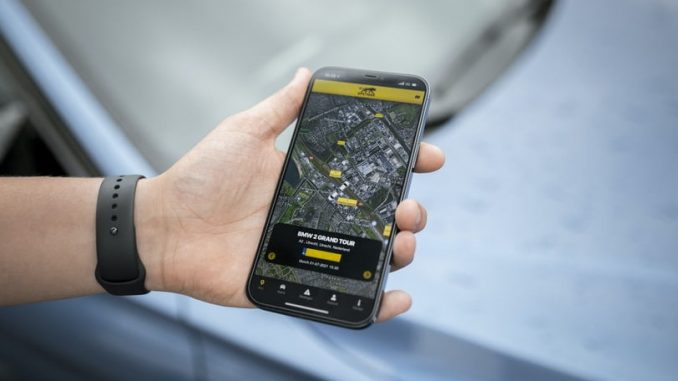
An effective marketing strategy predominantly requires adaptation to current trends. Nowadays, that entails using technology and the many features that it offers to both individuals and companies. As we are conclusively reaching a point where people use their smartphones more than any other device – including searches for products and services – leveraging these devices’ activity is one of the surest ways to boost digital marketing efforts.
The ability to track mobile devices and record a person’s location in real-time with a high degree of accuracy is evolving as one of the new technologies revolutionizing the mobile landscape. With the use of GPS or IP addresses, businesses can now pinpoint an electronic device’s geolocation and use it for varying purposes.
As such, geolocation plays a significant role in digital marketing strategies, helping businesses grow their sales numbers and increase their brand’s visibility. If you want to learn how you can incorporate it into your marketing plan, keep reading to learn about how it works and its most common applications.
Accessing Geolocation Data
Geolocation data is generated with GPS, satellites, or cell phone towers (or a combination of those) and can produce an individual’s whereabouts down to latitude and longitude coordinates. There are, nowadays, many APIs that you can access for free or at specific rates to retrieve this information and use it for marketing purposes.
For example, if you collect IP address information from visitors and customers, you can use an IP geolocation database to find those individuals’ geolocation – of their desktop or mobile device. The information should typically be updated and accurate and can be accessed at any time.
Applications Of Geolocation In Digital Marketing
Location-Based Marketing And Promotions
As local businesses compete for customers, they must know who to target and when to send their messages. With geolocation, you can check customer locations and direct them to your business by sending customized offers, alerts, or reminders.
If you own a physical store and want to drive traffic by foot, you can target customers as they approach a specified radius or selected locations like malls, airports, or tourist districts. You can send these alerts via SMS, email, or through your app. With geofencing, you can pull up a virtual fence around your business and send advertisements to any device that falls into that radius.
Similarly, you can run targeted ads, like Google Ads, based on customers’ zip codes to attract local customers – and even widen your scope based on city or country level. Alternatively, you can collect data on customers who search for the products or services you’re offering and target a previously unpenetrated market.
Understanding Your Target Audience
To implement marketing strategies that deliver superior results, you need to first define your target audience and, with that, understand their needs and preferences. One of the crucial elements in this equation is knowing where your customers are located, and nothing is quite as effective in this domain as geolocation data and technology.
Demographic information can provide information on the socio-economic background of consumers – their language, race, and possibly age or income. Taking these factors into account can help you profile your target groups and customize your digital marketing strategies accordingly.
Location-Specific Keywords
Using the right keywords is essential for paid marketing campaigns, especially in search engines. Location-based ads can often perform better than their counterparts as they allow audiences to find you more easily and help you target them based on the location they’re residing in or searching for.
Having said that, geo-targeting is not used solely for targeting people based on their current physical location. You can identify customer intent by looking at search queries and determine where people might go for their services or products. Again, this is especially useful for local campaigns, as people who are on the go will often use their mobile devices to search for businesses.
Around 50% of consumers who perform a local search on their smartphone end up visiting a store within that same day, and the majority of smartphone users pull out their devices when they’re shopping.
Final Words
Geolocation is one of the most effective methods to add to your digital marketing toolkit to increase your brand’s visibility and grow your business. Understanding – and mastering – this technology can go a long way in turning high-potential leads into converted customers.
By retrieving geolocation data from trusted APIs, you can do location-based marketing and promotions, understand your target audience better, and use location-specific keywords to increase your visibility online. Remember, if customers can’t easily find your business, or if you cannot find them, you are missing out on potentially huge opportunities for pushing your business forward.

Leave a Reply